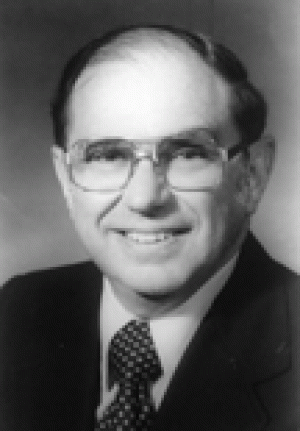
“How’s the weather?” might sound like a mundane question, but it can be a significant one during wartime, particularly for pilots, when passing clouds can obscure a target or an enemy plane. The son of Jewish immigrants from Russia, First Lieutenant Herman Mondschein joined the Army Air Forces even before the US entered World War II, though his dreams of flying ended upon discovering he was colorblind. While stationed at Bradley Field, Connecticut, he became intrigued by weather forecasting, and became a qualified weather observer. In April of 1943, he shipped out to England, where he worked at a number of weather stations, finally serving as Station Chief at a weather station near Fowlmere. He served with the 339th Fighter group in the 18th Weather Squadron. Working around the clock, without the benefit of modern satellite imagery, his team prepared the weather charts that provided critical information on conditions that could make or break a combat mission.
“Forecasting at that time was primitive compared to what it is now… we didn’t have satellites, and furthermore, Hitler didn’t cooperate by giving us weather reports over Germany or occupied France. So the underground, [they] supplied weather reports for us.”
He left the service as a warrant officer in December 1945, served in the Missouri Air National Guard as a second lieutenant, 1946-51, and was recalled to active duty in 1951-52 during the Korean War. At Scott Air Force Base in Illinois, he helped provide weather service for air evacuation of soldiers wounded in Korea. He also prepared and delivered air safety weather lectures to senior and command pilots, for which he received several letters of commendation for their quality and effectiveness. After 40 years of active duty, National Guard and Reserve service, he retired as a lieutenant colonel in 1981.
We honor you, Herman Monoschein.
